Dengue detected in 60 districts, 400 cases recorded in a month
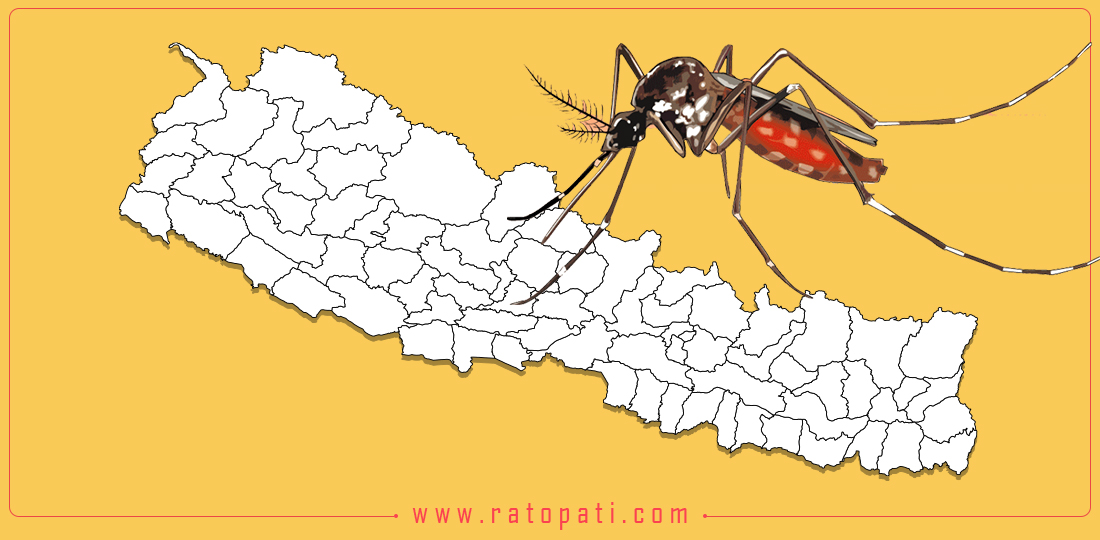
KATHMANDU, Aug 10: As many as 400 cases of dengue, mosquito borne disease, were detected in the past one months, according to the Epidemiology and Disease Control Division.
Likewise, according to Dr Gokarna Gautam of the vector control section under the division, the disease has been detected in 60 districts across the country.
In the Kathmandu Valley, 137 cases have been detected in Lalitpur and 47 in Kathmandu districts.
Last year the number of dengue cases was 560. This time the number has surpassed almost 750 in just a seven month period.
The cases were reported mostly in Bagmati and Lumbini Provinces.
Key facts
- Dengue is a viral infection transmitted to humans through the bite of infected mosquitoes. The primary vectors that transmit the disease are Aedes aegypti mosquitoes and, to a lesser extent, Ae. albopictus.
-The virus responsible for causing dengue, is called dengue virus (DENV). There are four DENV serotypes and it is possible to be infected four times.
-Severe dengue is a leading cause of serious illness and death in some Asian and Latin American countries. It requires management by medical professionals.
-There is no specific treatment for dengue/severe dengue. Early detection of disease progression associated with severe dengue, and access to proper medical care lowers fatality rates of severe dengue to below 1%.
-Dengue is found in tropical and sub-tropical climates worldwide, mostly in urban and semi-urban areas.
-The global incidence of dengue has grown dramatically with about half of the world's population now at risk. Although an estimated 100-400 million infections occur each year, over 80% are generally mild and asymptomatic.
-Dengue prevention and control depends on effective vector control measures. Sustained community involvement can improve vector control efforts substantially.
-While many DENV infections produce only mild illness, DENV can cause an acute flu-like illness. Occasionally this develops into a potentially lethal complication, called severe dengue.
Transmission
-Transmission through mosquito bite
The virus is transmitted to humans through the bites of infected female mosquitoes, primarily the Aedes aegypti mosquito. Other species within the Aedes genus can also act as vectors, but their contribution is secondary to Aedes aegypti.
After feeding on an DENV-infected person, the virus replicates in the mosquito midgut, before it disseminates to secondary tissues, including the salivary glands. The time it takes from ingesting the virus to actual transmission to a new host is termed the extrinsic incubation period (EIP). The EIP takes about 8-12 days when the ambient temperature is between 25-28°C. Variations in the extrinsic incubation period are not only influenced by ambient temperature; a number of factors such as the magnitude of daily temperature fluctuations, virus genotype, and initial viral concentration can also alter the time it takes for a mosquito to transmit virus. Once infectious, the mosquito is capable of transmitting virus for the rest of its life.
-Human-to-mosquito transmission
Mosquitoes can become infected from people who are viremic with DENV. This can be someone who has a symptomatic dengue infection, someone who is yet to have a symptomatic infection (they are pre-symptomatic), but also people who show no signs of illness as well (they are asymptomatic).
Human-to-mosquito transmission can occur up to 2 days before someone shows symptoms of the illness, up to 2 days after the fever has resolved.
Risk of mosquito infection is positively associated with high viremia and high fever in the patient; conversely, high levels of DENV-specific antibodies are associated with a decreased risk of mosquito infection (Nguyen et al. 2013 PNAS). Most people are viremic for about 4-5 days, but viremia can last as long as 12 days.
Maternal transmission
The primary mode of transmission of DENV between humans involves mosquito vectors. There is evidence however, of the possibility of maternal transmission (from a pregnant mother to her baby). While vertical transmission rates appear low, with the risk of vertical transmission seemingly linked to the timing of the dengue infection during the pregnancy. When a mother does have a DENV infection when she is pregnant, babies may suffer from pre-term birth, low birthweight, and fetal distress.
Other transmission modes
Rare cases of transmission via blood products, organ donation and transfusions have been recorded. Similarly, transovarial transmission of the virus within mosquitoes has also been recorded.
Symptoms
Dengue
Dengue should be suspected when a high fever (40°C/104°F) is accompanied by 2 of the following symptoms during the febrile phase (2-7 days):
-severe headache
-pain behind the eyes
-muscle and joint pains
-nausea
-vomiting
-swollen glands
-rash.
Severe dengue
A patient enters what is called the critical phase normally about 3-7 days after illness onset. During the 24-48 hours of critical phase, a small portion of patients may manifest sudden deterioration of symptoms. It is at this time, when the fever is dropping (below 38°C/100°F) in the patient, that warning signs associated with severe dengue can manifest. Severe dengue is a potentially fatal complication, due to plasma leaking, fluid accumulation, respiratory distress, severe bleeding, or organ impairment.
-Warning signs that doctors should look for include:
-severe abdominal pain
-persistent vomiting
-rapid breathing
-bleeding gums or nose
-fatigue
-restlessness
-liver enlargement
-blood in vomit or stool.
If patients manifest these symptoms during the critical phase, close observation for the next 24–48 hours is essential so that proper medical care can be provided, to avoid complications and risk of death. Close monitoring should also continue during the convalescent phase.
Treatment
There is no specific treatment for dengue fever. Patients should rest, stay hydrated and seek medical advice. Depending on the clinical manifestations and other circumstances, patients may be sent home, be referred for in-hospital management, or require emergency treatment and urgent referral.
Supportive care such as fever reducers and pain killers can be taken to control the symptoms of muscle aches and pains, and fever.
The best options to treat these symptoms are acetaminophen or paracetamol.
NSAIDs (non-steroidal anti-inflammatory drugs), such as ibuprofen and aspirin should be avoided. These anti-inflammatory drugs act by thinning the blood, and in a disease with risk of hemorrhage, blood thinners may exacerbate the prognosis.
For severe dengue, medical care by physicians and nurses experienced with the effects and progression of the disease can save lives – decreasing mortality rates to less than 1% in majority of the countries.
Prevention and control
If you know you have dengue, avoid getting further mosquito bites during the first week of illness. Virus may be circulating in the blood during this time, and therefore you may transmit the virus to new uninfected mosquitoes, who may in turn infect other people.
The proximity of mosquito vector breeding sites to human habitation is a significant risk factor for dengue. At present, the main method to control or prevent the transmission of dengue virus is to combat the mosquito vectors. This is achieved through:
-Prevention of mosquito breeding:
-Preventing mosquitoes from accessing egg-laying habitats by environmental management and modification;
-Disposing of solid waste properly and removing artificial man-made habitats that can hold water;
-Covering, emptying and cleaning of domestic water storage containers on a weekly basis;
-Applying appropriate insecticides to water storage outdoor containers;
-Personal protection from mosquito bites:
Using of personal household protection measures, such as window screens, repellents, coils and vaporizers. These measures must be observed during the day both inside and outside of the home (e.g.: at work/school) because the primary mosquito vectors bites throughout the day;
-Wearing clothing that minimises skin exposure to mosquitoes is advised;
-Community engagement:
-Educating the community on the risks of mosquito-borne diseases;
-Engaging with the community to improve participation and mobilization for sustained vector control;
-Active mosquito and virus surveillance:
-Active monitoring and surveillance of vector abundance and species composition should be carried out to determine effectiveness of control interventions;
-Prospectively monitor prevalence of virus in the mosquito population, with active screening of sentinel mosquito collections;
-Vector surveillance can be combined with clinical and environment surveillance.
In addition, there is ongoing research amongst many groups of international collaborators in search of novel tools and innovative strategies that will contribute in global efforts to interrupt transmission of dengue. The integration of vector management approaches is encouraged by WHO to achieve sustainable, effective locally adapted vector control interventions.
(With inputs from WHO)


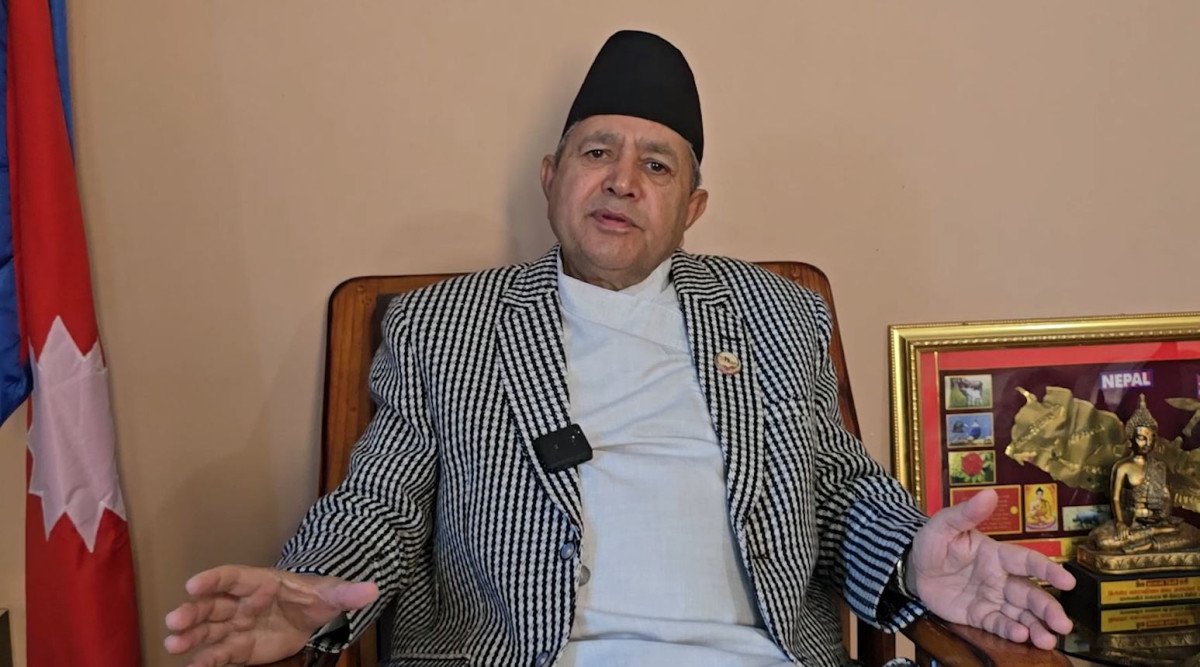
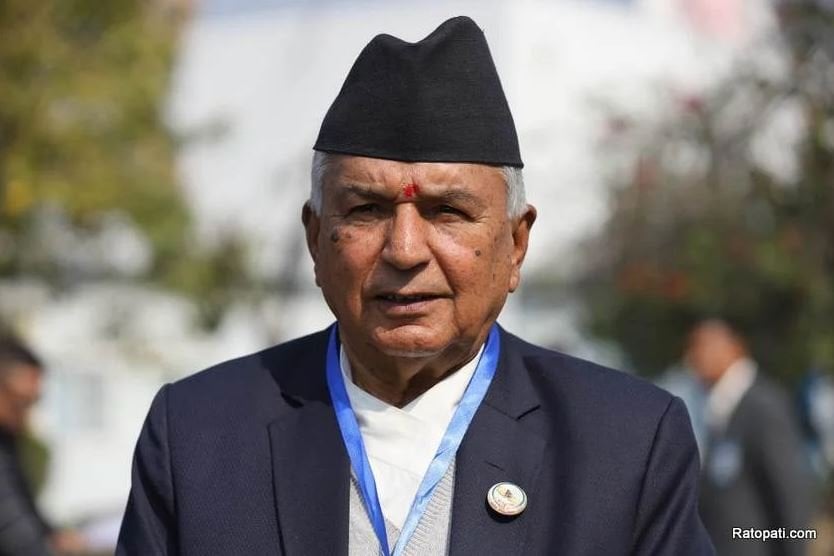
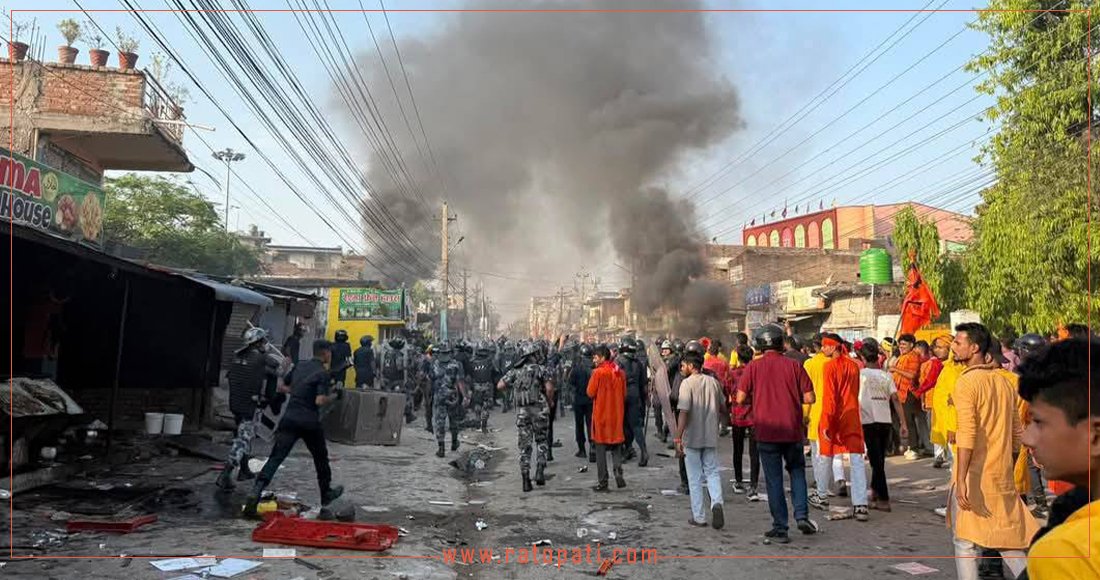


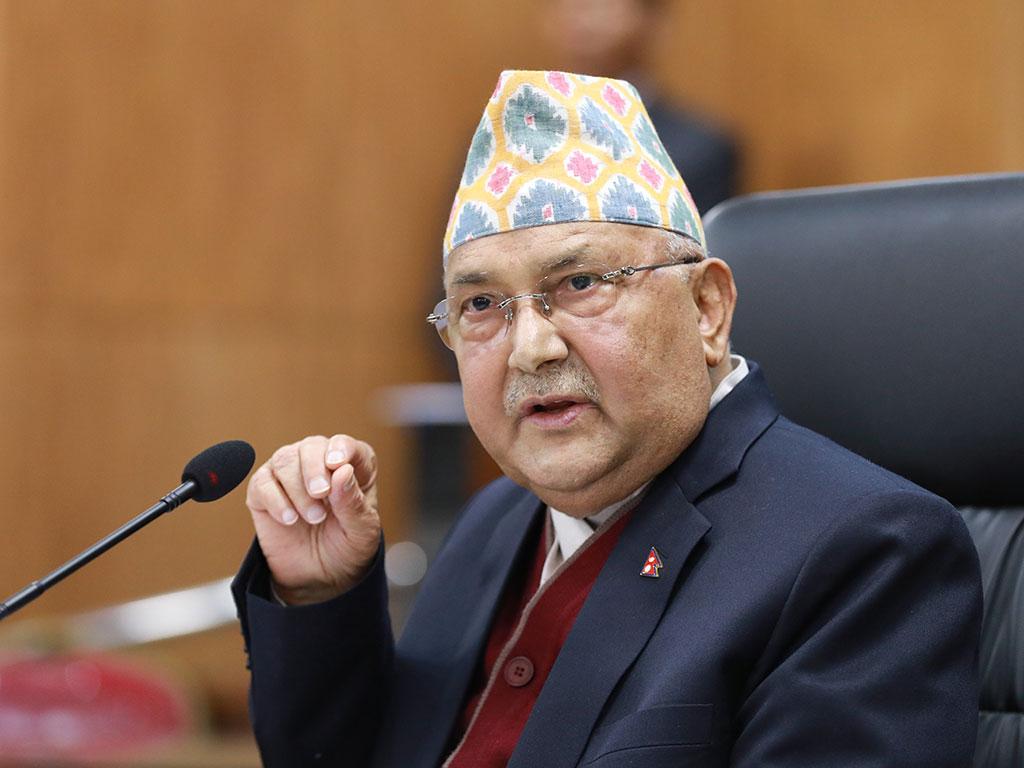
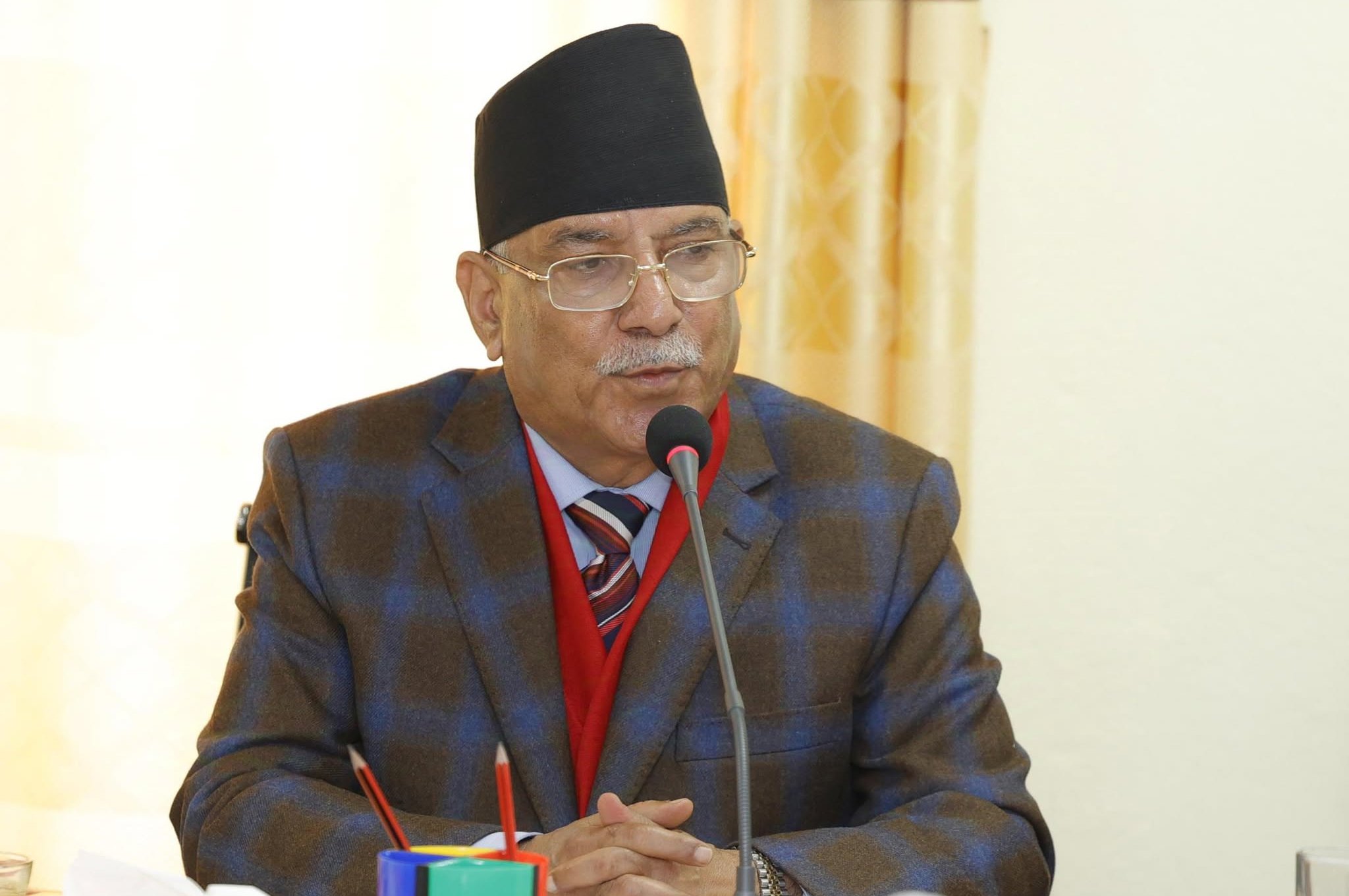
Leave Comment